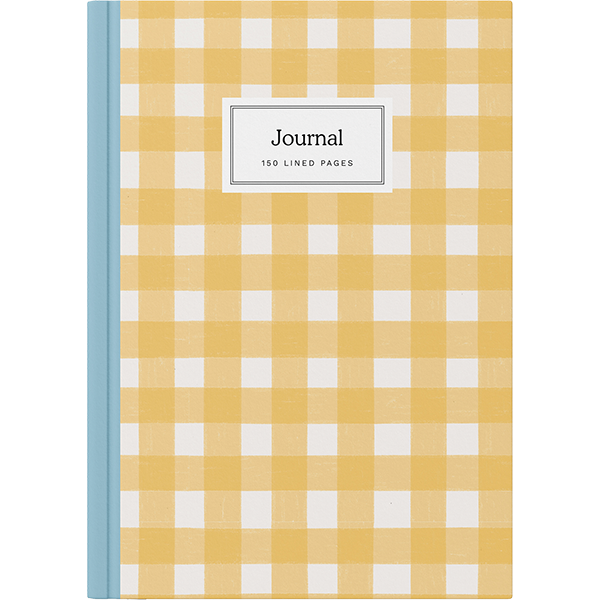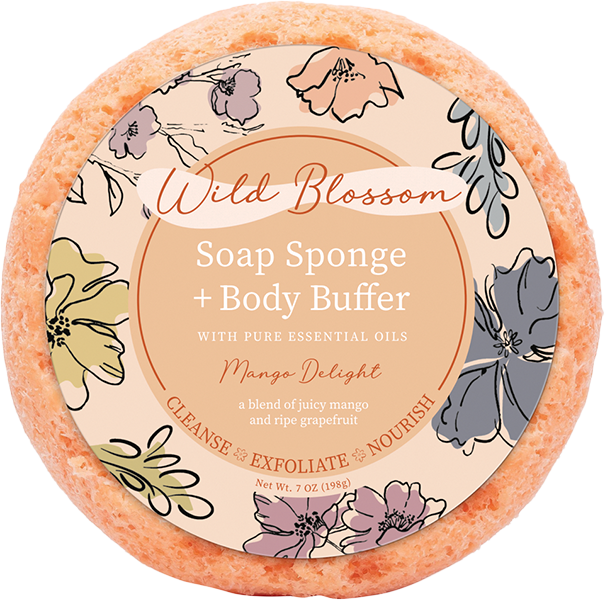Copyright and Intellectual Property: What Are My Rights ?
There are several facets to owning a creative business and understanding copyright law as a creative. Often one thinks of taking care of business licenses, incorporating, contracts, insurance, websites, and social media. The one area that gets overlooked by the creative, which is arguably the most important, is their intellectual property.
Without their intellectual property, they would not have a creative business, and without protecting their intellectual property, they are putting their business at great risk. Intellectual property is a legal term that most “normal” people are not familiar with.
- Trade Secrets: Protect ideas that cannot gain protections through trademark, patent, or copyright
- Trademarks: Protect brands, logos, slogans, and taglines
- Patents: Protect inventions
- Copyrights: Protect all original works created by an author/artist
Copyright law is an area that all creatives should make it a priority to be familiar with. Just this year, the Supreme Court ruled unanimously that in order to bring an infringement suit, the copyright owner must have registered the work AND must possess the registration certificate before a suit may be filed. All of this means that if someone is copying your work, you cannot do anything unless you have taken proactive steps to protect it.
There are several aspects of copyright law that must be understood in light of the recent Supreme Court ruling — first, what may be protected; second what are copyright holders’ rights; and third, how may these rights be enforced.
What May Be Protected
Copyright law protects “original works of authorship fixed in a tangible express.” That is what the law states. What does that mean, though? There are dozens of areas that fall within the bounds of copyright law — literary works, musical works, theatrical works, visual art and sculptural works, video works, audio works, and architectural works. As one can imagine, there are many sub-categories within each of the seven areas.
Copyright and Owner’s Rights
Once one has determined that there are works that fall within one of the seven categories, it is important to understand what rights the owner of the copyright has. There are six exclusive rights that are afforded to a copyright owner. Some of the rights pertain to specific types of works.
- To reproduce the copyrighted work in copies or phonorecords; (owner can reproduce the work as many times as they want)
- To prepare derivative based upon the copyrighted work; (owner can create new works that come from that work)
- To distribute copies or phonorecords of the copyrighted work to the public by sale or other transfer of ownership, or by rental, lease, or lending; (owner exclusively controls how the work is monetized)
- In the case of literary, musical, dramatic, and choreographic works, pantomimes, and motion pictures and other audiovisual works to perform the copyrighted work publicly; (owner controls how or if the work is performed publicly)
- In the case of literary, musical, dramatic, and choreographic works, pantomimes, and pictorial, graphic, or sculptural works, including the individual images of a motion picture or other audiovisual work, to display the copyrighted work publicly; and (owner controls how or if the work is performed publicly)
- In the case of sound recordings, to perform the copyrighted work publicly, by means of a digital audio transmission; (owner controls how or if the work is performed publicly).
Copyright Enforcement
Once a copyright owner understands the value of protecting the work and what rights can be protected, it is imperative that the owner have a clear understanding of what enforcement entails.
Often, it is better to try to work things out one-to-one rather than getting an attorney involved. It is sometimes the case that an infringer isn’t aware of how the laws work, and they are infringing unknowingly. Once it is brought to their attention, they are quick to stop.
Cease and Desist
Sometimes, when an owner doesn’t know the infringer or the infringer will not respond to the owner, a cease and desist from an attorney can garner swift action. For example, in one of my cases, I sent the cease and desist on a Monday, and the infringer had signed the response and agreed to stop the infringement by Friday. That may not always be the outcome, however it was the outcome in this particular case.
Lawsuit
Of course, there is always a lawsuit, which will be in federal court. This should always be the last and final option, as lawsuits are expensive and unpredictable. Outcomes are rarely ideal for either party involved. When considering whether one has creative works that need to be protected, it is their responsibility to protect them, however there are professionals, in the form of intellectual property attorneys, who are trained to help them take care of what they have worked so hard to create. Contact one of them and get them on your team. They will help you protect your works!
DISCLAIMER: The materials available in this article are for informational purposes only and not for the purpose of providing legal advice. You should contact your attorney to obtain advice with respect to any particular issue or problem. Use of and access to this website do not create an attorney-client relationship between Angie Avard Turner Law and the user or browser.
























